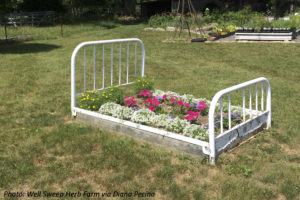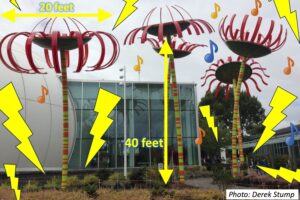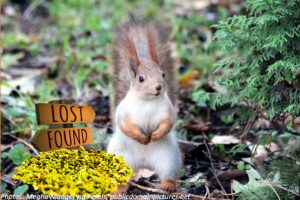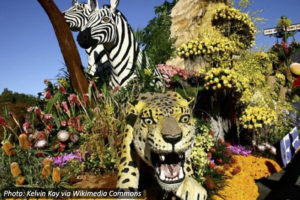
Bed of Flowers – for Real
When you plant a whole lot of flowers together, the place they’re planted is usually called a flower bed. But one farm decided to use

When you plant a whole lot of flowers together, the place they’re planted is usually called a flower bed. But one farm decided to use

Have you ever tried to touch a cactus? How about eat parts of it? Some cacti have paddles that turn into fruit you can actually

Why are these flowers that look like they came out of a Dr. Seuss book so cool? Read on to find out – and shine

As it gets colder, you might see squirrels skittering around with their cheeks full of food or digging everywhere. Why do they do this, and

As beautiful as a rose is, a dozen is even more beautiful. So how about 18 million of them, put together to make all kinds